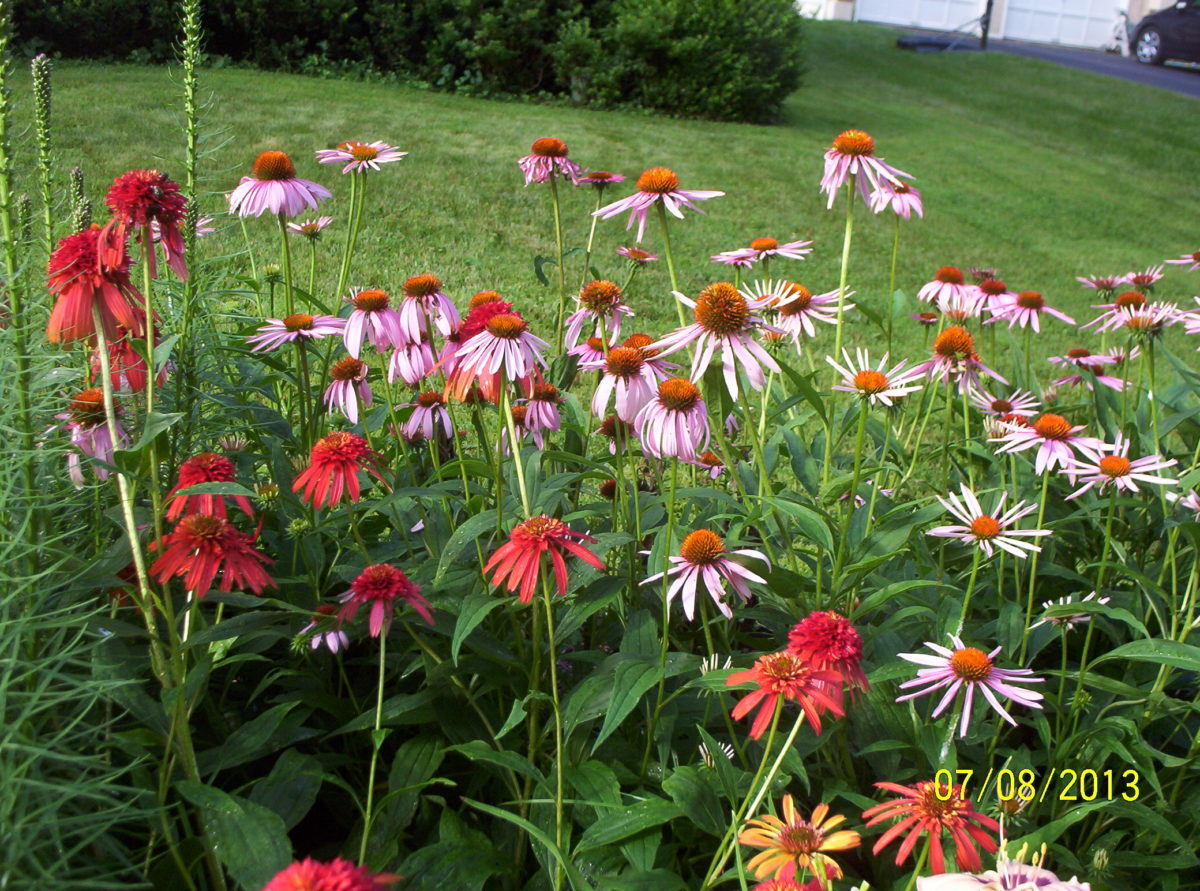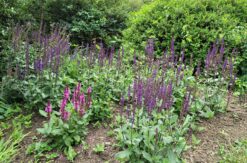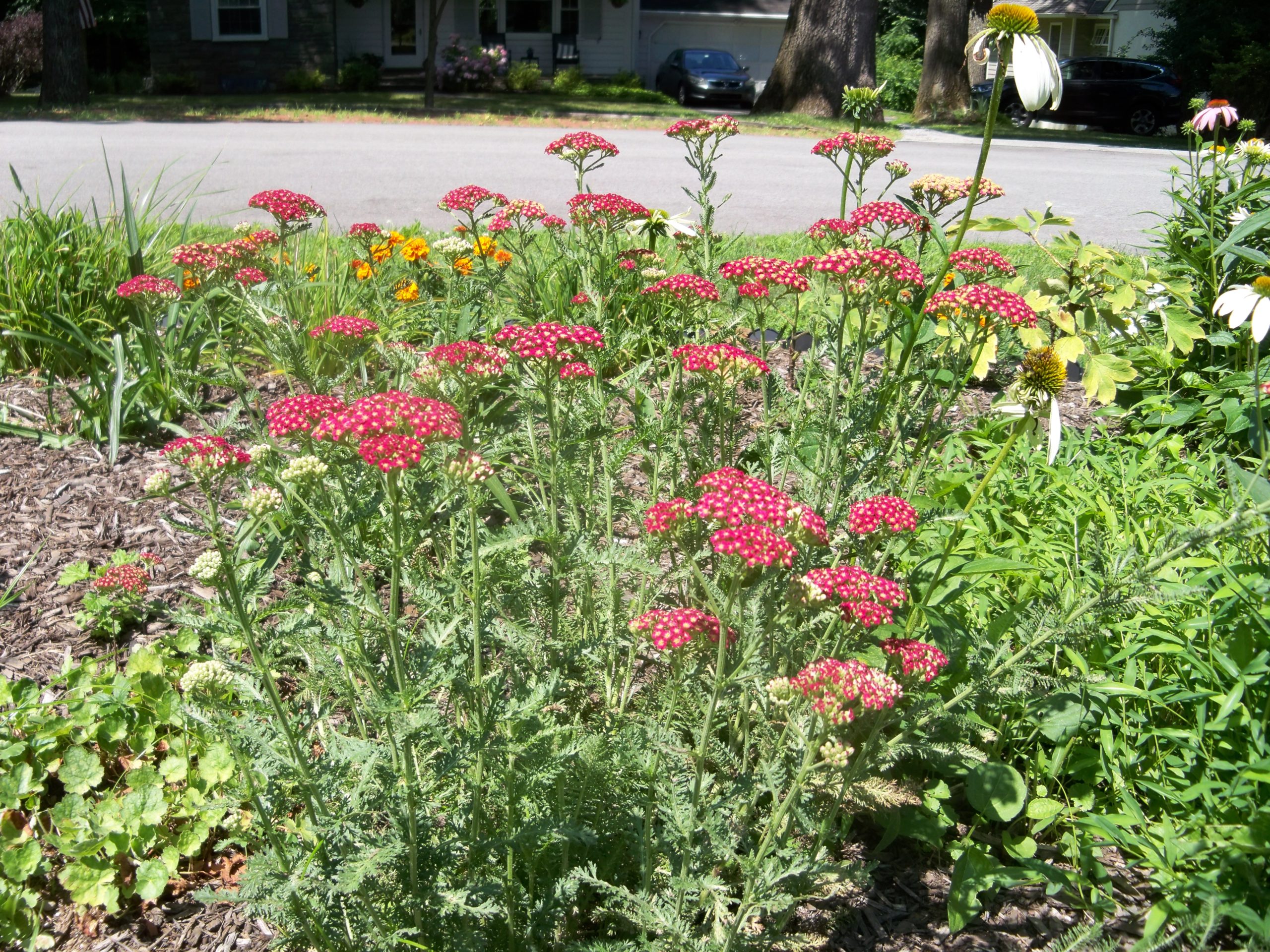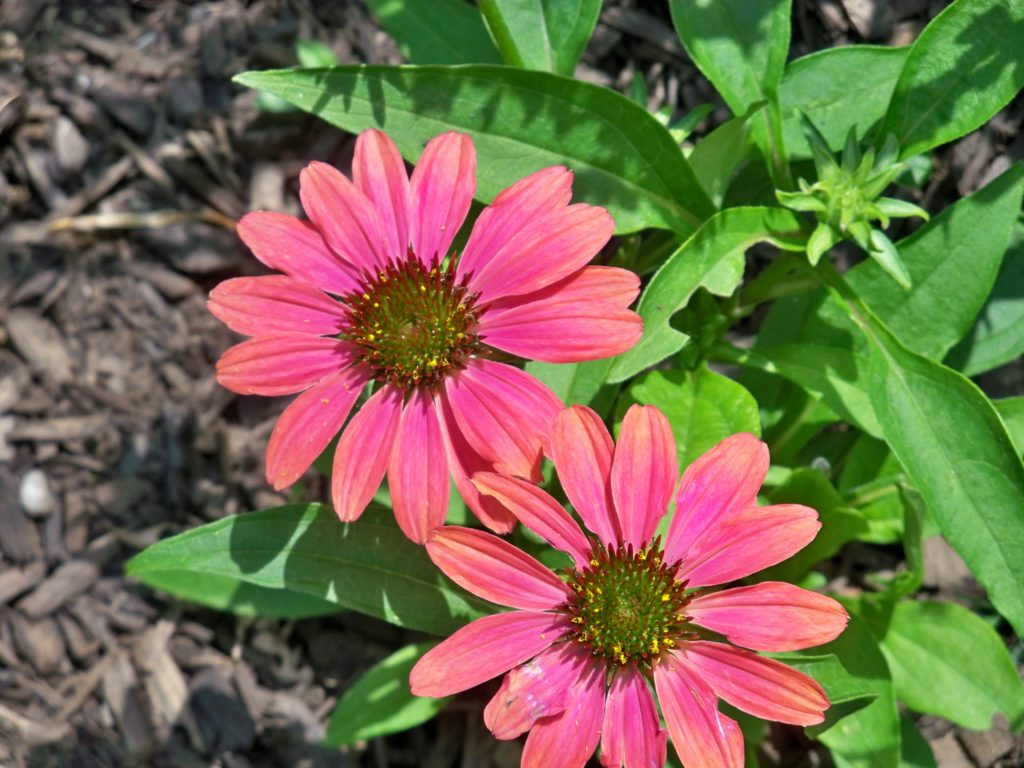
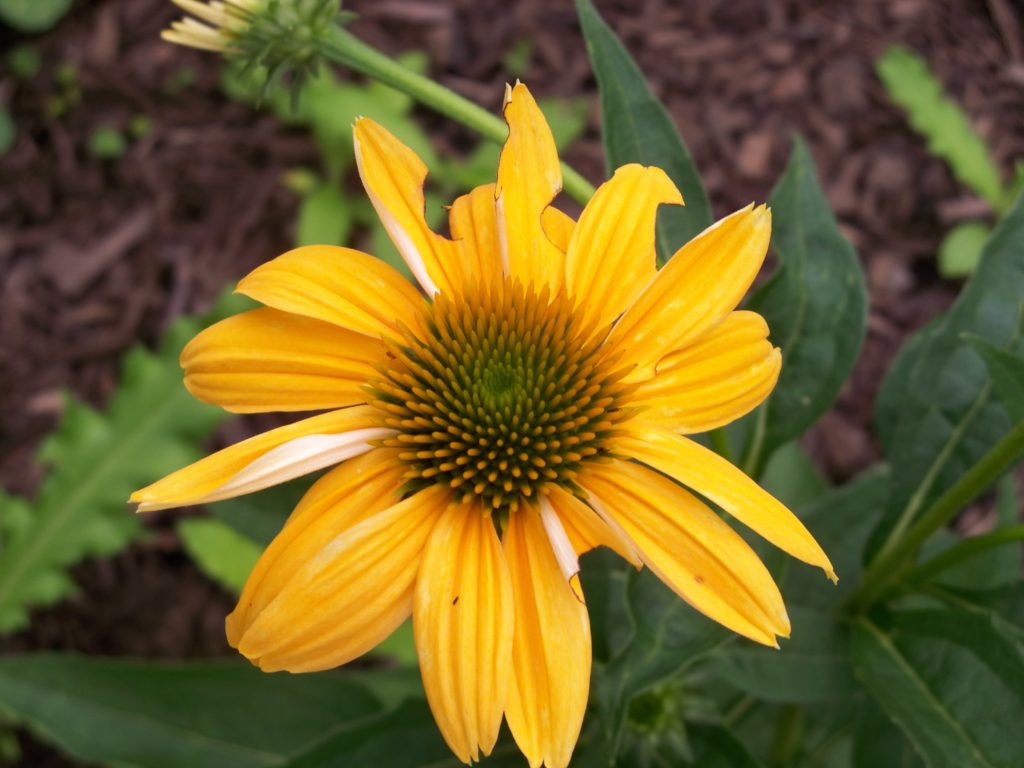
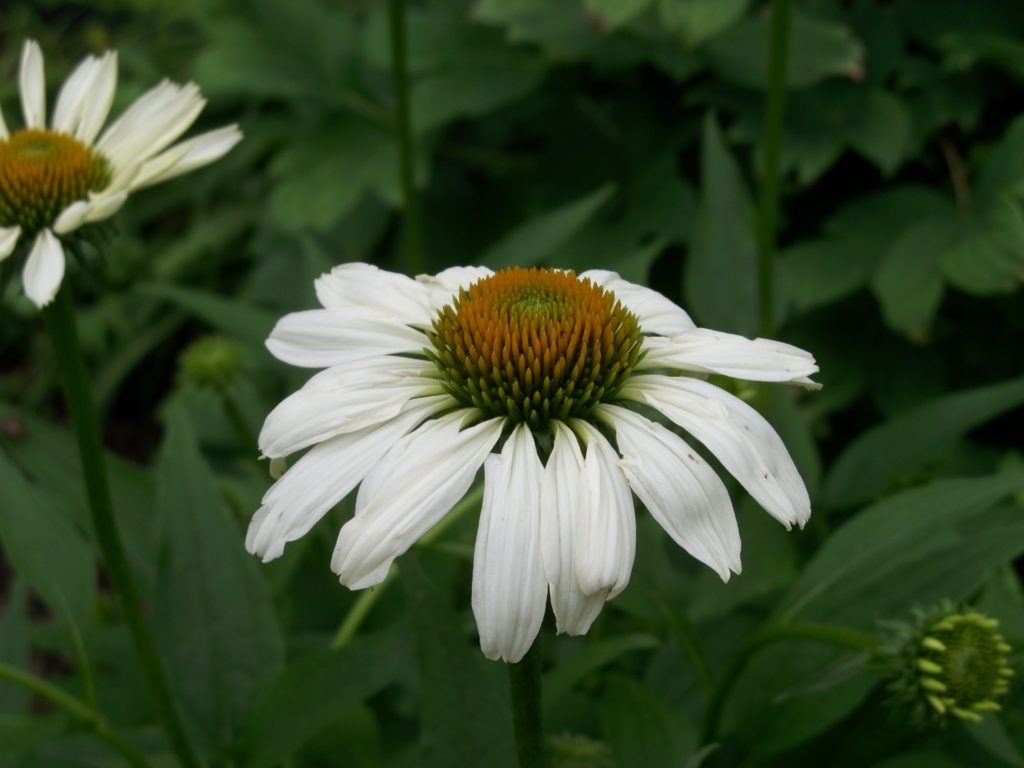
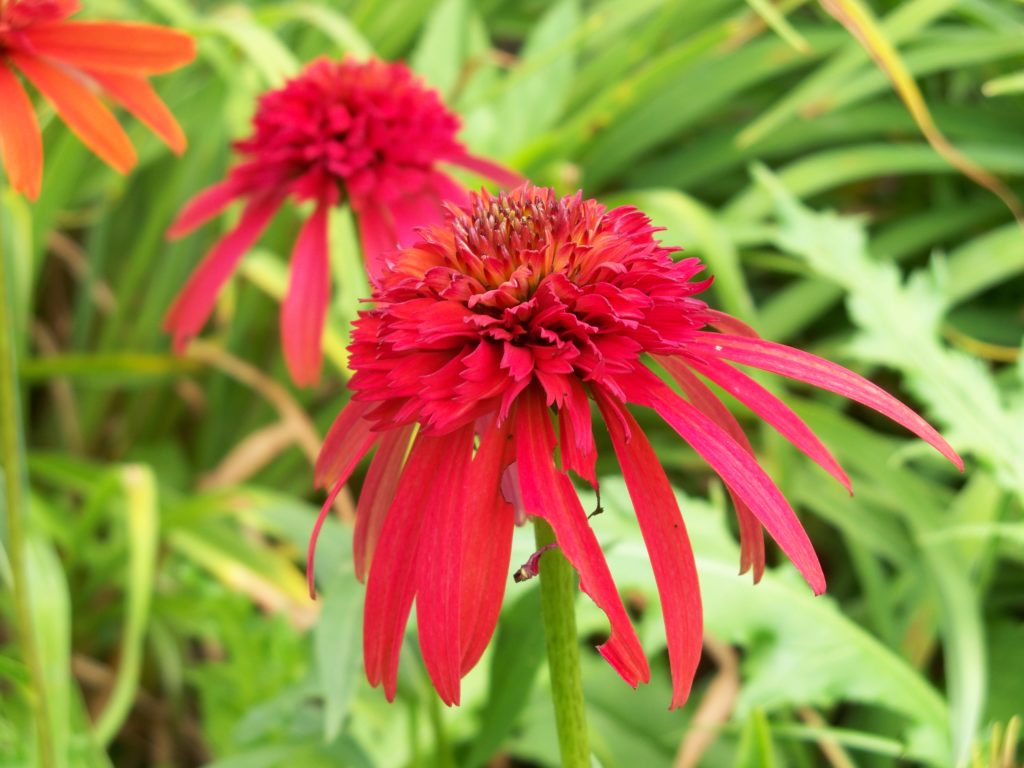
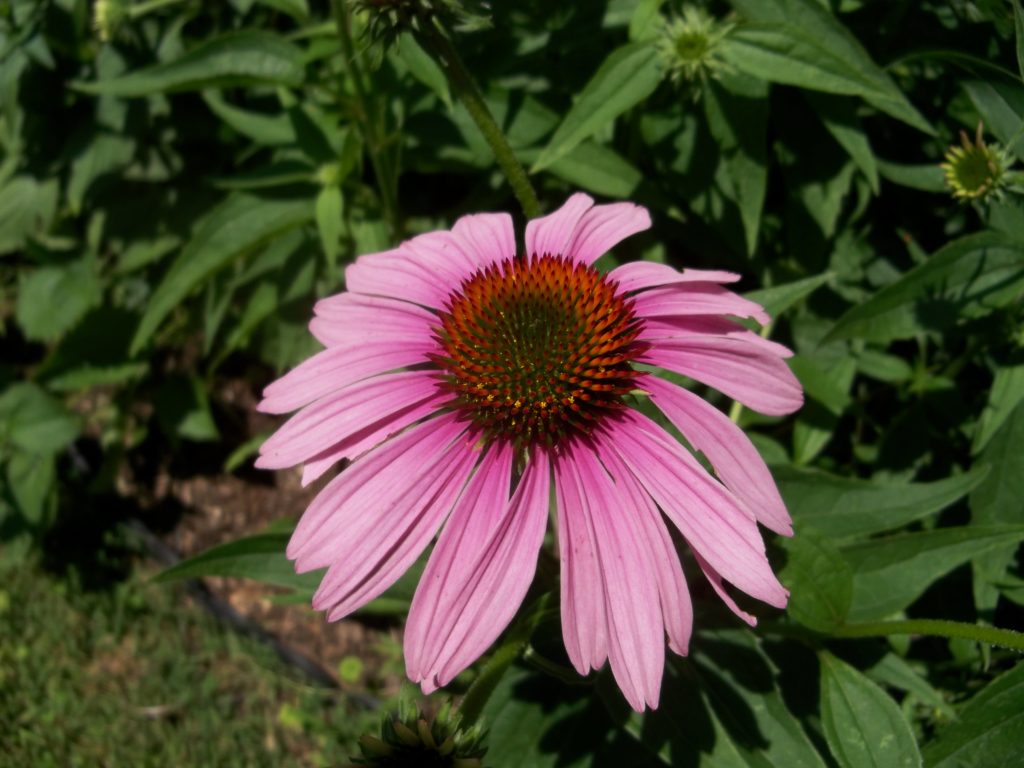
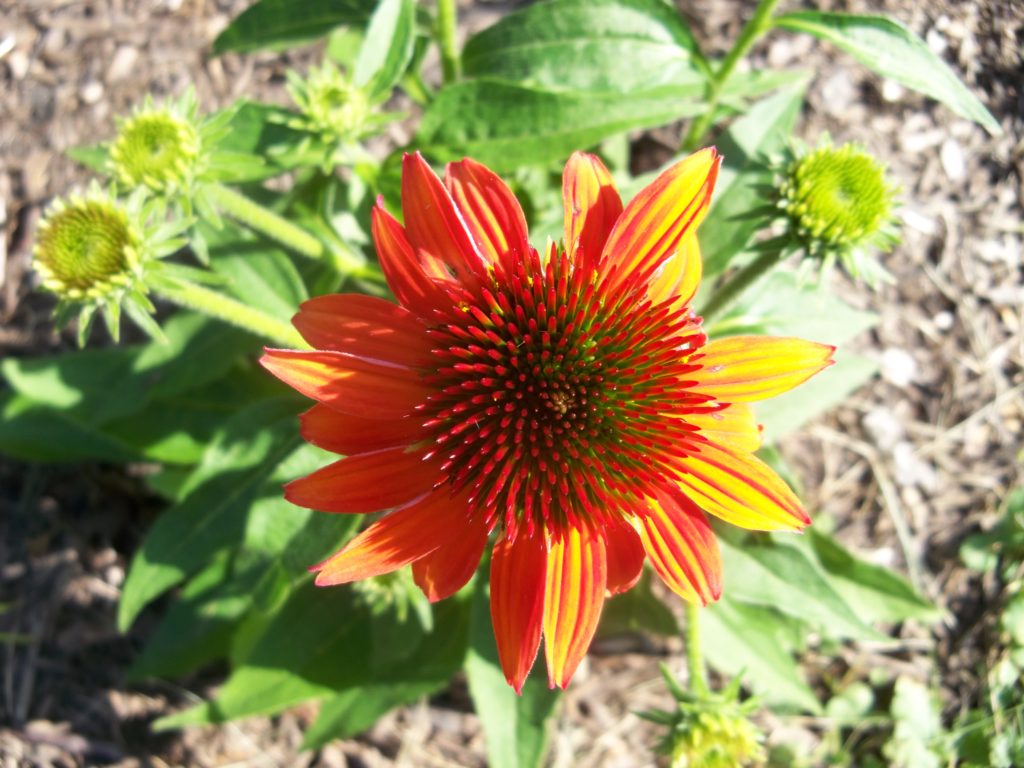
This post provides some tips for growing and caring for coneflowers. Coneflower is so named because of the spiny center cone of its flowers. Its genus name, Echinacea, is derived from the Greek word echinos, meaning sea-urchin. It is a native plant in eastern and central North America. It is deer resistant and drought tolerant, and has a hardiness to zone 3.
Growing Coneflowers from Seeds
Besides the common purple and white cultivars, coneflowers are now available in a variety of colors including green one. Some even have double flowers that look like a pompon, such as Hot Papaya shown above. Most of the less common cultivars are available as plants only, and are expensive. However, Cheyenne Spirit and PowWow Series coneflowers are available as seeds from jungseed.com. PowWow Series give you either white or purplish-rose flowers. But Cheyenne Spirit gives you flowers of a range of colors from yellow to red.
In order to start germination, these seeds require a chilling period (as winter months outdoor). If you start the seeds indoor, you can fool them by placing them between sheets of slightly moistened paper towels inside a Ziploc bag and storing the bag in the Crisper Drawer of a refrigerator for a couple of months. After the chilling period, you can plant the seeds in potting soil for germination indoor in April. In June, you can set out the seedlings in the garden. They may bloom in the second year.
Caring for Coneflowers
Maintenance for coneflowers is minimal, just remove spent flowers to encourage reblooming and discourage self-seeding. In autumn, cut the stems that turn brown down to 6 inches above soil level. After a few years, divide the large clumps in early spring by lifting up the whole plant, followed by inserting two garden forks back to back into the center of the clump and pulling them apart. Then replant the divisions with a spacing of 18 inches.
